Efforts to change school mascots, state seal make slow, steady progress
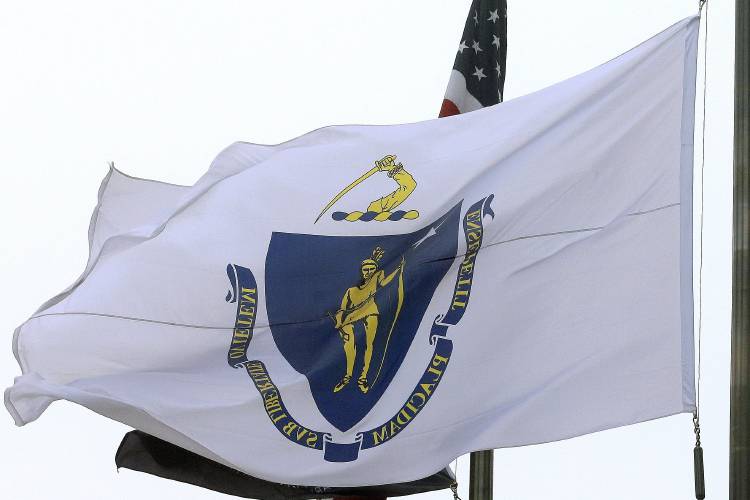
The Massachusetts Legislature is working to redesign the state seal and motto, pictured, and considering a bill that would ban the use of Native American mascots statewide. AP
|
Published: 01-14-2024 10:00 AM
Modified: 01-14-2024 4:43 PM |
Slowly but surely — and not without opposition — age-old efforts to change images of Native Americans that many view as offensive have gained new momentum across Massachusetts, sparking conversations about history, representation and what it means to honor a people.
“We’ve been saying the same thing for a long time and I just get the feeling like this time around, there are more open ears and open hearts,” said Faries Gray, sagamore of the Massachusett Tribe at Ponkapoag.
Now that the state Legislature has returned to formal sessions in January, two areas of focus will be redesigning the state seal and motto and considering a bill that would ban the use of Indigenous mascots statewide.
Gray testified at a November legislative hearing on the bill barring Native American mascots in Massachusetts.
“I testified because the state, our leaders here in the commonwealth, need to hear from Indigenous leaders in regards to mascots that are portraying our image or the likeness of us,” he said. “For far too long, we have been left out of the discussion.”
Native Americans were historically forbidden to speak their language, practice their culture, wear long hair or enter Boston.
“We were forbidden to do anything that was considered Indigenous,” he said. “Now you have the dominant culture using us as their mascot and dressing up as us and hooting and hollering like they’re speaking our language. It shouldn’t be allowed in any school system.”
No other race has to deal with their image being used as a mascot, Gray said.
Article continues after...
Yesterday's Most Read Articles
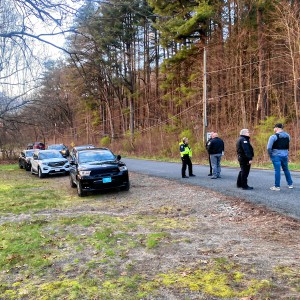 Police report details grisly crime scene in Greenfield
Police report details grisly crime scene in Greenfield
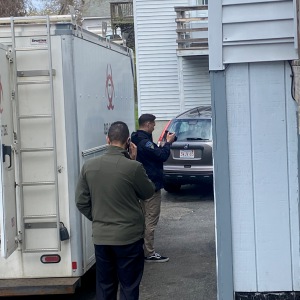 Authorities ID victim in Greenfield slaying
Authorities ID victim in Greenfield slaying
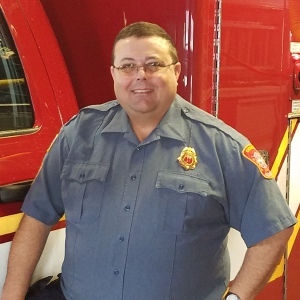 State records show Northfield EMS chief’s paramedic license suspended over failure to transport infant
State records show Northfield EMS chief’s paramedic license suspended over failure to transport infant
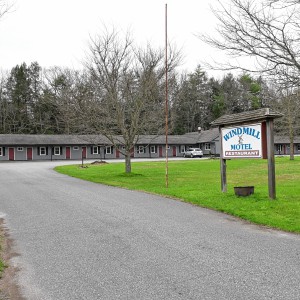 New buyer of Bernardston’s Windmill Motel looks to resell it, attorney says
New buyer of Bernardston’s Windmill Motel looks to resell it, attorney says
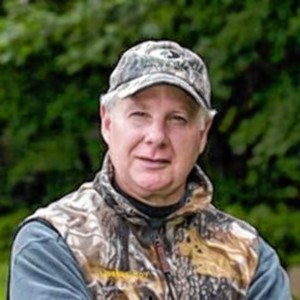 On The Ridge with Joe Judd: What time should you turkey hunt?
On The Ridge with Joe Judd: What time should you turkey hunt?
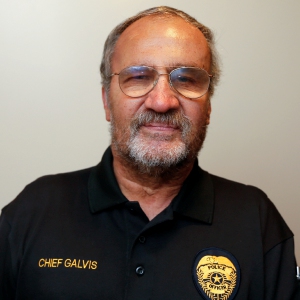 Ethics Commission raps former Leyden police chief, captain for conflict of interest violations
Ethics Commission raps former Leyden police chief, captain for conflict of interest violations
“Mascots are pretty much reserved for animals and mythical beings,” he said. “The Indigenous are neither. We’re a living people, not only of the past but of the present.”
School mascots classify Native American people in very limited roles, often as warriors, Gray said, despite the Massachusett being primarily farmers and fishermen.
“We’re only portrayed in this violent way,” he said. “We view this as a form of racism and appropriation of our culture.”
According to the New England Anti-Mascot Coalition, more than 20 schools across Massachusetts use Native American mascots, with common team names such as Indians, Chieftains, Red Raiders and Sachems.
Some communities strongly support retaining their mascots.
The town of Dartmouth voted in support of keeping the Dartmouth Indian name and mascot in an April 2022 referendum. The Dartmouth School Committee passed a motion to affirm the continued use of the name and mascot at a meeting a few weeks later.
Clyde Andrews, a member of the Aquinnah Wampanoag and a former running back at Dartmouth High School, helped create the Dartmouth Indian image.
“It pays homage to the Native Americans who walked this land many, many years ago,” Andrews said. “And we’re still here.”
But over the past few decades, many other schools have changed their mascots — including Turners Falls High School in Montague, said David Detmold, coordinator of the website Change the Mass Flag and founding editor of the Montague Reporter.
Turners Falls — a village in Montague — and Turners Falls High School are named after Captain William Turner, who led a massacre of Native Americans sleeping near the falls. Now called the Thunder, the high school’s team name was previously the Indians.
“The total egregious inappropriateness of this symbolism, naming a team the Indians in a high school named after the militia leader who killed every Native American he could find that morning, led me as editor of the newspaper to call for a change,” he said.
Detmold and other residents of the town brought the issue to the School Committee, and “a series of emotional hearings” followed, he said.
During one hearing, Detmold remembers, an alum of the school posed a question that led him to his area of focus today: “If we have to change our mascot, why shouldn’t the state have to change theirs?”
The alum gestured to the state flag that stood in the room at the hearing, Detmold recalled.
“None of us had really studied it very carefully before, so somebody opened up that flag and we took a good look at it,” he said. “I said to myself, ‘The man has a good point.’”
In 2021, former Gov. Charlie Baker signed legislation establishing a special commission to study whether the state flag and seal should be redesigned. The current image depicts a Native American figure under an arm holding a sword representing that of Myles Standish, a military officer in the Plymouth Colony known for brutality toward Native Americans.
The motto, translated from Latin, means “By the sword we seek peace, but peace only under liberty.”
Gray said the commission was established after a “lengthy battle of Indigenous people trying to get the state just to acknowledge that their flag is offensive.”
The commission had a slow start, as Baker did not finish appointing commission members until after their initial deadline to submit recommendations had passed, Detmold said.
Its members came from a “wide range of political backgrounds,” he said, which made consensus difficult. Yet, in May 2022, the commission voted to proceed toward a completely new seal and motto, rather than making revisions to the current one.
“The six Indigenous leaders on the commission, by May of last year, had persuaded some staunch holdouts among the white majority on the commission that the current symbol was causing harm today and needed to be totally revised,” Detmold said. “That, to me, was a significant milestone and real progress.”
But aside from recommending that the seal and motto should be changed, the commission was unable to reach a consensus on what the new design should be by their deadline. They produced a report compiling their findings from multiple surveys and called for a working group to be established to create the new seal and motto.
Detmold pointed to Mississippi’s swift adoption of a magnolia to replace the Confederate flag as their state symbol in just three months, and called on Gov. Maura Healey to take action and move the process along.
“It’s very much time for Gov. Healey, who ran on issues of equity and inclusion, to take a look at the findings of the special commission,” he said. “Take this flag down and tell the Legislature it is time to come up with a symbol of peace and unity that we can all live with and get behind.”
All things considered, Detmold said he thinks the commission made a “sensible recommendation.”
“Do I wish that things had gone differently and we had a complete result from the special commission? Yes, of course I do,” he said. “But it’s a healthy ongoing conversation.”
Detmold said the suggested changes that seem to have broad public support are symbols of nature that are deeply tied to Massachusetts. As for his own personal priorities for the new design, Detmold deferred to local Indigenous leaders.
“What I deeply believe is that after using Indigenous imagery without consultation or consent from the Native leaders of this area for nearly four centuries, what I prefer is the opinion of the Native leaders and the consensus of the Native leaders who have been consulted,” Detmold said. “Whatever they come up with, that’s what I support.”
Achieving a design that will make everyone happy is nearly impossible, Gray said, and attempting a nod to Indigenous peoples on the flag and seal runs the risk of treating the many different cultures like a “monolith.”
“No tribe can tell another tribe what it is to feel like you’re being honored,” he said.
Personally, he likes the idea of featuring a turkey or a chickadee, the state bird. On one thing, though, he is certain.
“The sword needs to go,” he said. “I think that’s pretty universal, everyone agrees about the sword.”
After allegedly hearing a warning of a potential attack, Standish called for a “peaceful summit” with Massachusett War Chiefs Pecksuit and Wituwamat as well as several others. During what is now known as the Massacre at Wessagusset, Standish poisoned or ambushed and killed them, beheading one warrior and displaying his head on a post as a warning, according to tribal history.
“For the Massachusett tribe, when we see this flag and we see the sword, we view this as they’re honoring a terrorist, which is insane,” Gray said. “We just want the truth to be told about the genocide that happened here.”
The flag is one of many places granting honor to Myles Standish across the state, including a state forest and a dormitory building at Boston University.
Gray spoke at BU about the building amid efforts to change its name, which were rejected by then-President Robert Brown in a letter.
“Myles Standish was a capable and flawed individual whose responsibility was the defense of his community in a precarious time and place,” Brown wrote. “His role in the history of the founding of Massachusetts, and thus our nation, was significant. To remove his name from the residence hall would discount his significant role in our history.”
Brown has since retired, and Gray hopes BU’s incoming President Melissa Gilliam will be more open to a conversation.
As for the state park, Gray’s attention is turned to the relationship with the Department of Conservation and Recreation, where the leadership has changed over time.
“Our hopes are always that we can create a relationship with an organization or a person and build from there,” he said.
When working with any organization — whether a town, school, government department or university — Gray hopes to be met with empathy.
“Will Myles Standish Park and Myles Standish Hall, will those names be changed? I believe so,” he said. “Which leadership will do it? I don’t know.”
Gray attributes much of this feeling of momentum to youth involvement and outside support.
“That’s why things are changing now,” he said, “because you have non-Indigenous people as well as Indigenous people working together to make positive change.”
Stella Tannenbaum writes from the Boston University Statehouse Program.

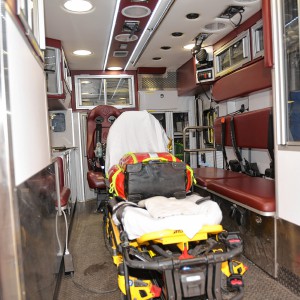 What are the protocols for emergency transport of infants?
What are the protocols for emergency transport of infants?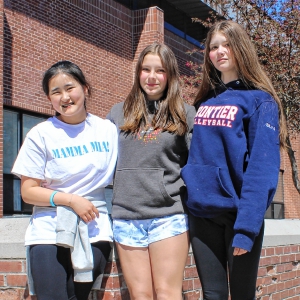 Frontier Regional School students appeal to lower voting age
Frontier Regional School students appeal to lower voting age
